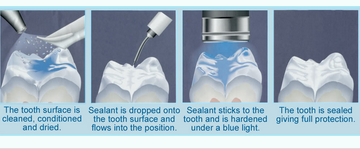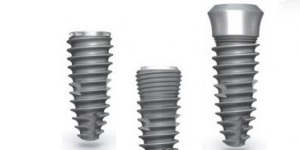
بررسی حرکت های مندیبل جهت ایمپلنت
2015-08-31
توضیحاتی در مورد پروتزهای متحرک
2015-08-31Sealants are a safe and painless way of protecting your teeth from decay. A sealant is a protective plastic coating, which is applied to the biting surfaces of the back teeth. The sealant forms a hard shield that keeps food and bacteria from getting into the tiny grooves in the teeth and causing decay
Which teeth should be sealed
Sealants are only applied to the back teeth – the molars and premolars. These are the teeth that have ‘pits’ (small hollows) and ‘fissures’ (grooves) on their biting surfaces. Your dental team will tell you which teeth should be sealed after they have examined them, and checked whether the fissures are deep enough for sealing to help. Some teeth naturally have deep grooves which will need to be sealed; others have shallow ones which will not need sealing
The process is usually quick and straightforward, taking only a few minutes for each tooth. The tooth is thoroughly cleaned, prepared with a special solution, and dried. The liquid sealant is then applied and allowed to set hard – usually by shining a bright light onto it. it is totally pain free, and the teeth do not feel any different afterwards.
Sealants usually last for many years, but your dental team will want to check them regularly to make sure that the seal is still intact. They can wear over time, and sometimes the dental team need to add or replace some sealant to be sure that no decay can start underneath it.






